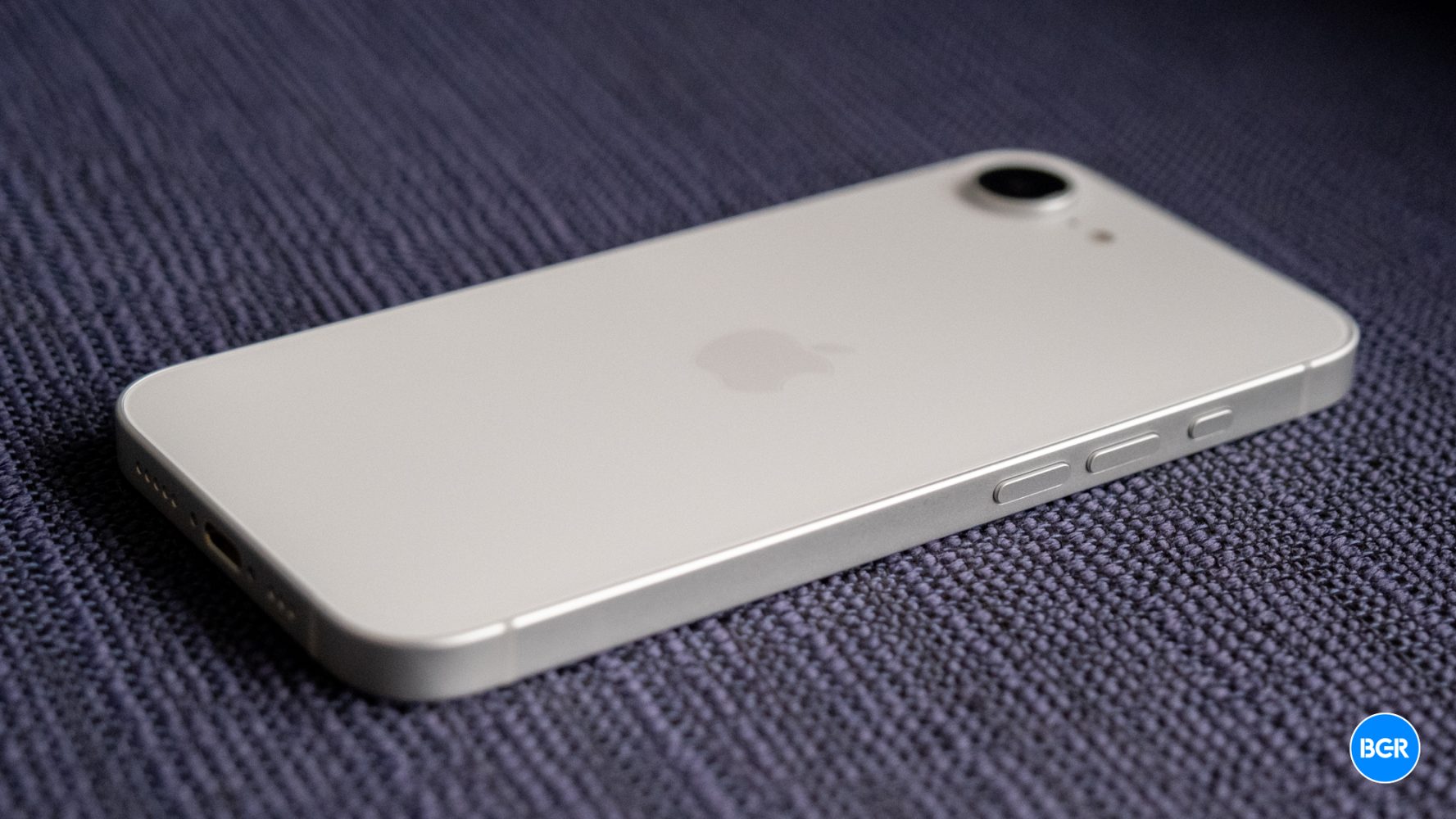The Rumored iPhone 17 Air: A Slim Design with Potential Trade-Offs
Apple has long been known for its sleek and innovative designs, and the upcoming iPhone 17 series is expected to continue that trend. Among the rumored models is the iPhone 17 Air, which is said to be the thinnest iPhone ever released. This ultra-thin design has generated excitement among tech enthusiasts, but it may come at a cost—particularly when it comes to battery life.
According to a report from a trusted source, the iPhone 17 Air is expected to feature a battery capacity of no more than 3,000mAh. This number aligns with earlier rumors suggesting a 2,800 mAh battery. For context, the iPhone 16 Pro Max boasts a 4,685 mAh battery, while the standard iPhone 16 model has a 3,561 mAh battery. These figures highlight a significant drop in battery capacity, which could raise concerns among potential buyers.
The last iPhone to have a battery below 3,000 mAh was the iPhone 13 mini in 2021, which had a 2,438 mAh battery. This means that the iPhone 17 Air would mark a return to smaller batteries after several years of increasing capacity. While this might seem like a step back, Apple has reportedly planned ways to offset this limitation.
Compensating for a Smaller Battery
Apple is set to introduce an Adaptive Power feature in iOS 26. This feature is designed to make small performance adjustments to extend battery life. For users considering the iPhone 17 Air, this could be one of the first settings they enable after setting up their new device. By intelligently managing power consumption, the feature aims to provide a more balanced user experience.
Additionally, a recent report indicated that Apple is planning to launch a dedicated battery case for the iPhone 17 Air. Internal tests reportedly showed that between 60% and 70% of users could get through a full day without needing to recharge. In comparison, 80% to 90% of users of the other iPhone 17 models are expected to achieve the same. This suggests that while the battery life may not be as robust as on other models, it still offers a viable solution for most daily tasks.
What to Expect and Consider
For those who are eager to upgrade to the iPhone 17 Air, it’s worth noting that detailed reviews and battery life tests will likely follow closely after the release. These reviews could provide valuable insights into how well the device performs in real-world scenarios.
However, for those who aren’t in a rush, waiting for these reviews might be a wise decision. They could offer a clearer picture of whether the trade-offs made for the ultra-thin design are worth it for individual needs.
Overall, the iPhone 17 Air represents a bold move by Apple towards a more compact form factor. While the smaller battery is a notable concern, the company’s efforts to compensate through software and accessories suggest that the final product could still deliver a compelling user experience. Whether it meets expectations will depend on how well these features perform in practice.






